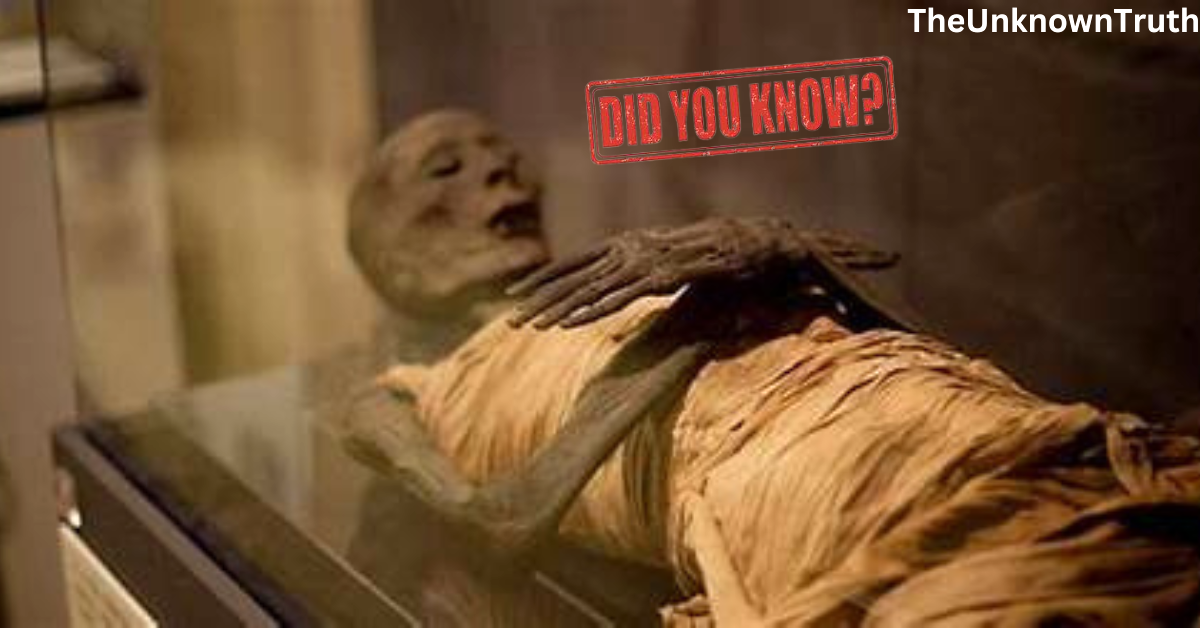In the land of pharaohs and pyramids, a practice of preservation that baffles and captivates the modern world endures: the creation of Egyptian mummies. These ancient, enigmatic bundles of the deceased hold within them the secrets of an extraordinary civilization that thrived along the Nile for thousands of years. In this blog post, we embark on a journey to explore the world of Egyptian mummies, unravel their mysteries, and delve into the rich history and culture that gave rise to this remarkable funerary tradition.
The Origins of Mummification
1. The Quest for Immortality: Ancient Egyptians believed in an afterlife where the soul continued its journey, and the body was essential for this journey. Thus, the preservation of the body through mummification became a central ritual in Egyptian culture.
2. The First Mummies: The earliest evidence of mummification dates back to around 3500 BCE, but the practice became more elaborate and widespread during the New Kingdom (c. 1550-1070 BCE). It was originally reserved for pharaohs and elites but eventually extended to include common people.
The Mummification Process
1. The Role of Priests: Mummification was a sacred ritual performed by skilled priests who followed specific procedures. The process involved cleaning and purifying the body, removing organs, and wrapping the corpse in linen bandages.
2. The Use of Canopic Jars: The internal organs removed during mummification were placed in Canopic jars, each with a different lid representing a deity. These jars were then stored with the mummy to ensure the body’s integrity in the afterlife.
The Role of Egyptian Mummies in Society
1. A Status Symbol: Being mummified was a symbol of one’s social status and importance in society. The more elaborate the burial, the higher the individual’s position in the social hierarchy.
2. Mummies as Offerings: Egyptians believed in the need for offerings in the afterlife. Families of the deceased would continue to provide food, clothing, and other necessities to ensure a comfortable journey.
The Mystery of Egyptian Mummies
1. The Power of Preservation: The ancient Egyptians developed remarkable techniques for preserving the human body, some of which have stumped scientists to this day. The precise methods of mummification remained a closely guarded secret.
2. Curses and Legends: Tales of curses placed on the tombs of pharaohs and grave robbers who met untimely deaths fueled the fascination and mystique surrounding mummies. The most renowned example is the “Curse of the Pharaohs.”
The Legacy of Egyptian Mummies
1. Modern Scientific Study: Egyptian mummies have provided invaluable insights into ancient medicine, diet, and society. Through CT scans and other advanced techniques, scientists have uncovered information about the health and lifestyle of these ancient individuals.
2. Museums and Exhibitions: Egyptian mummies have traveled the world, captivating audiences in museums and exhibitions. The opportunity to see these well-preserved relics up close has allowed people to connect with the distant past.
FAQs about Egyptian Mummies
Q1: Why did the ancient Egyptians mummify their dead?
Ancient Egyptians believed in the afterlife, where the soul continued its journey. Preserving the body through mummification was essential for the soul’s successful transition.
Q2: How were Egyptian mummies made?
Mummification involved cleaning the body, removing organs, and treating it with preservatives. The body was then wrapped in linen bandages and placed in a coffin.
Q3: What are Canopic jars, and why were they used?
Canopic jars were containers used to hold the organs removed during mummification. Each jar had a lid shaped like a deity’s head, and they were placed with the mummy to ensure the body’s preservation.
Q4: Are there any curses associated with Egyptian mummies?
The “Curse of the Pharaohs” is a famous legend, but there is no scientific evidence to support the existence of curses. Most mummies have not brought misfortune to those who have encountered them.
Conclusion
Egyptian mummies are more than just ancient curiosities; they are windows into the beliefs, rituals, and culture of one of history’s most enduring civilizations. These enigmatic figures have captured our imaginations for centuries, and their mysteries continue to unfold through scientific discovery and archaeological exploration. As we unwrap the layers of history and delve into the intricate world of mummies, we gain a deeper appreciation for the profound impact of Egyptian culture on our understanding of the past and the enduring legacy of these ancient people.
